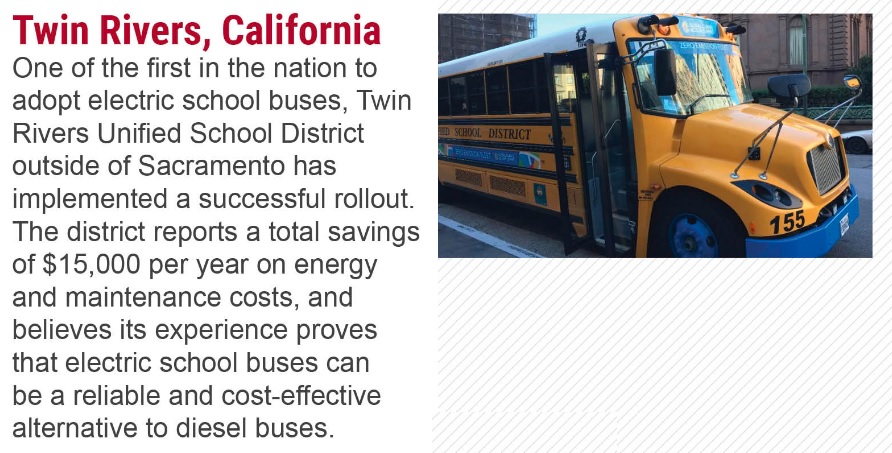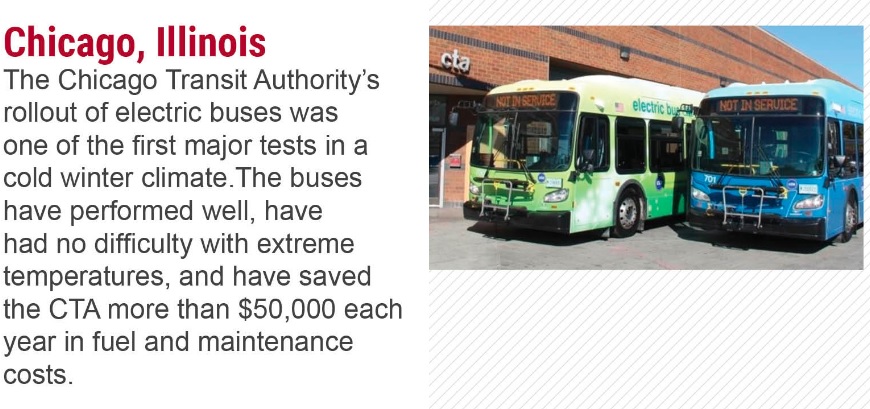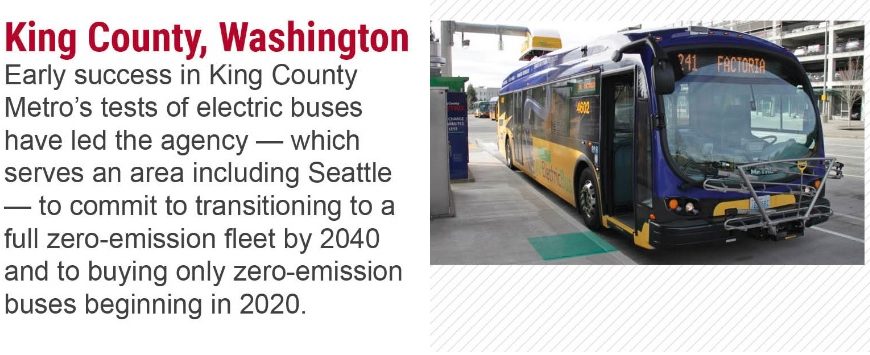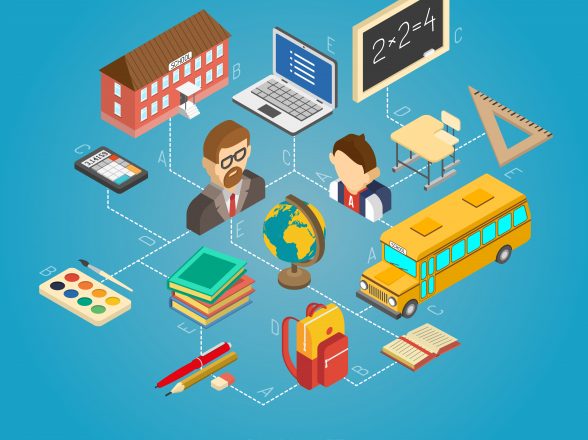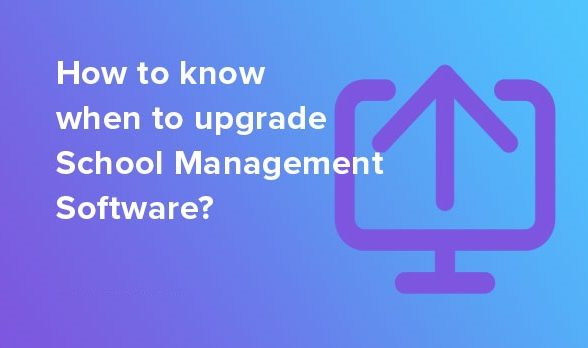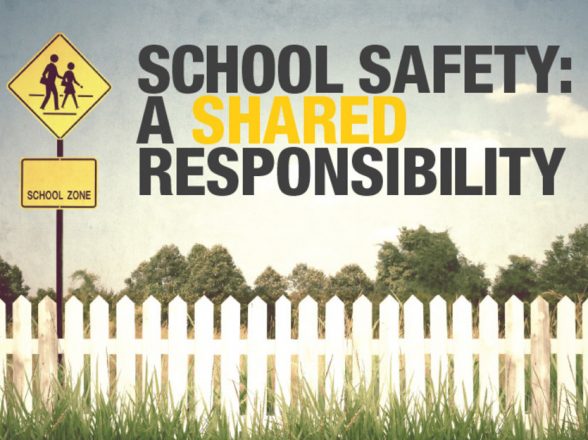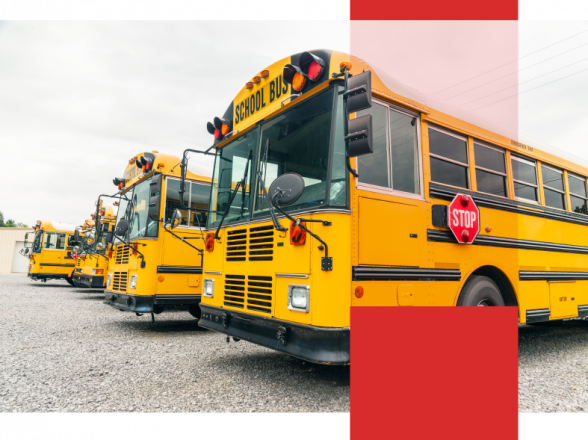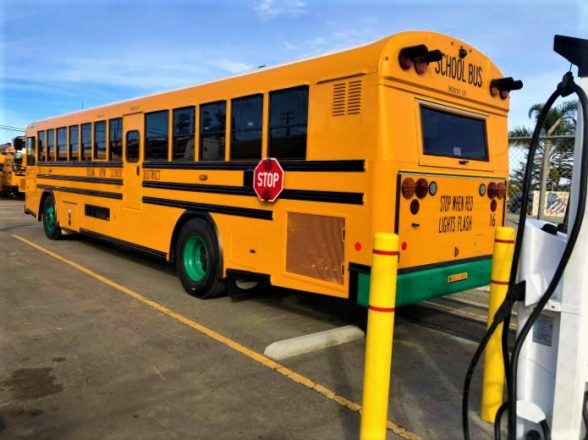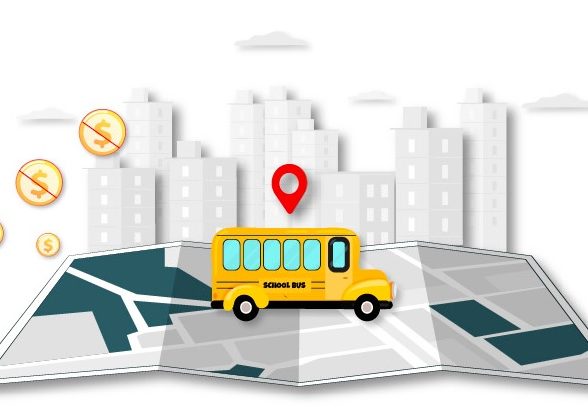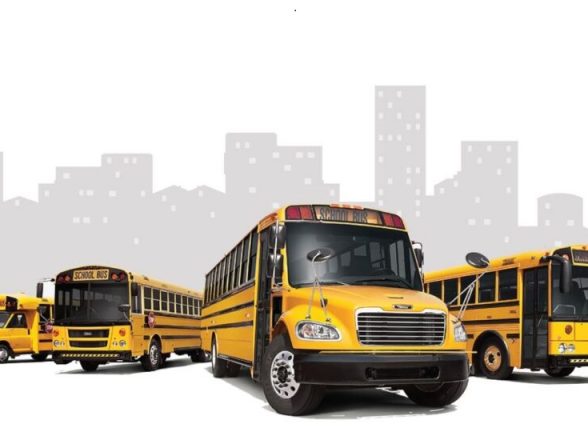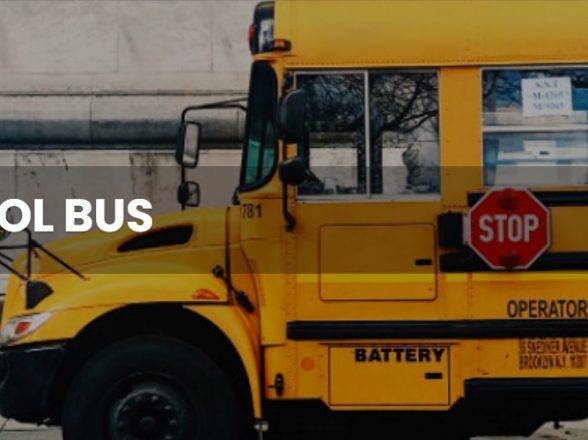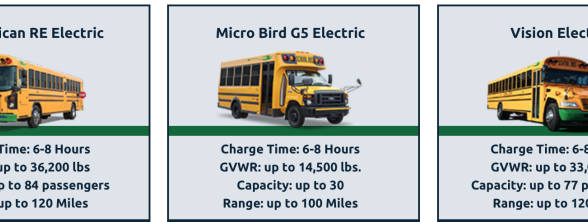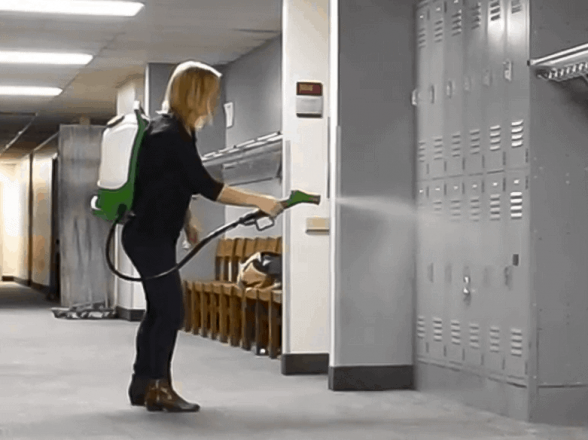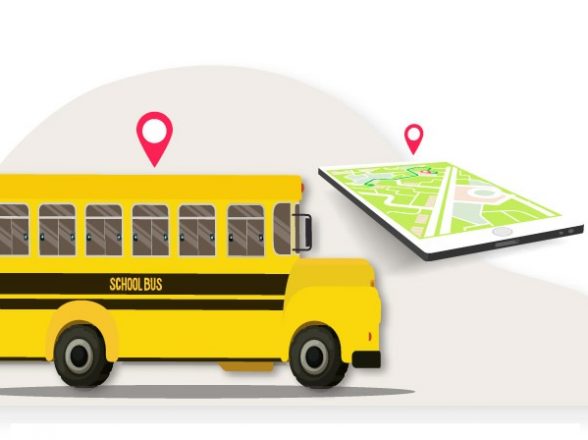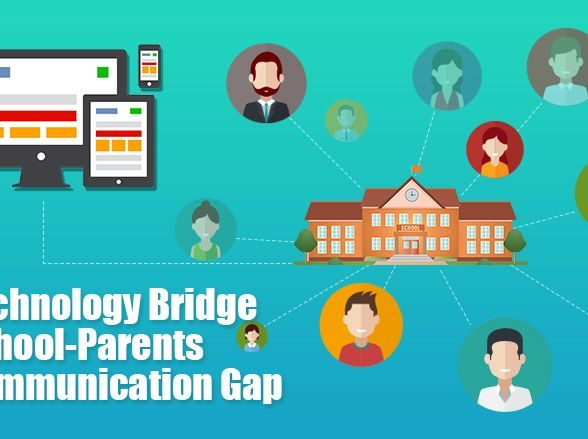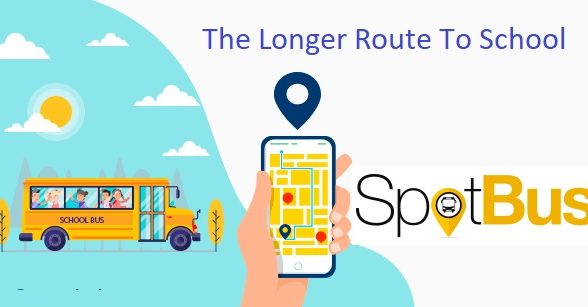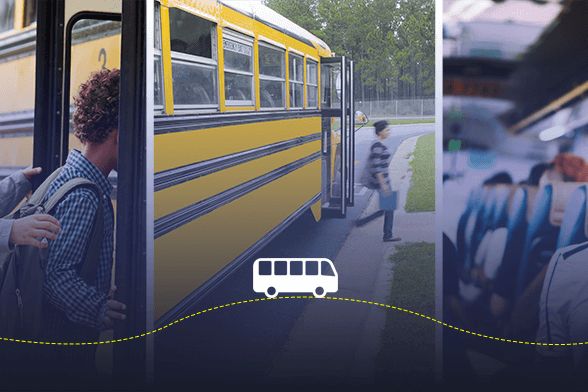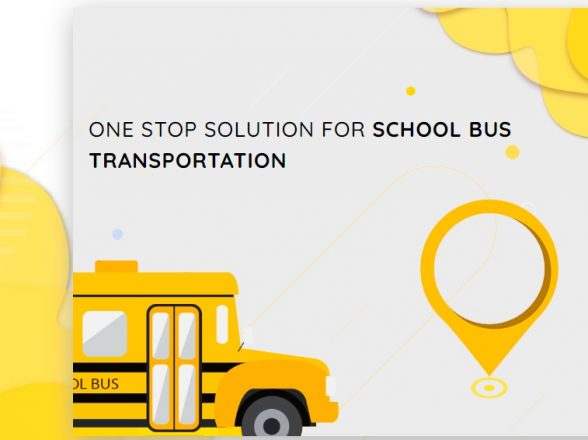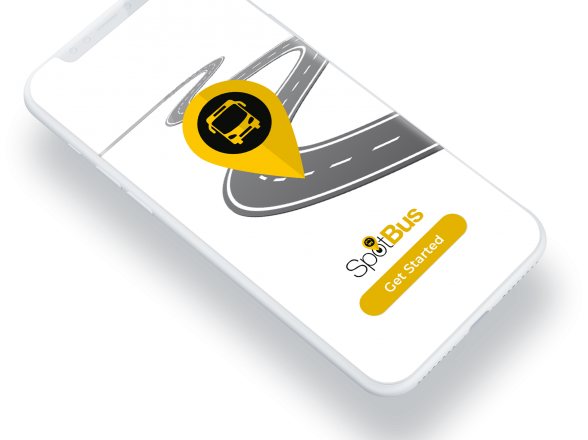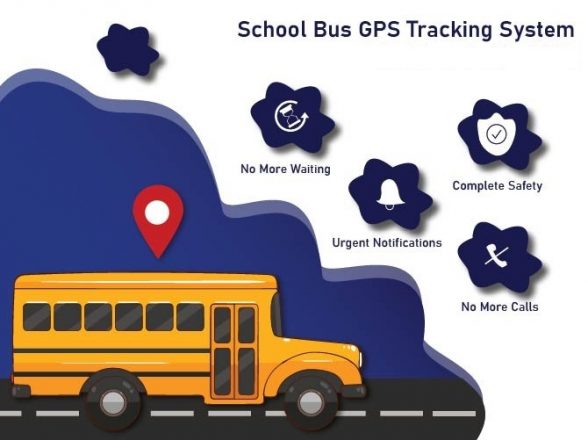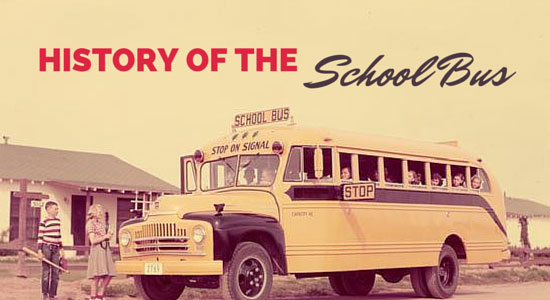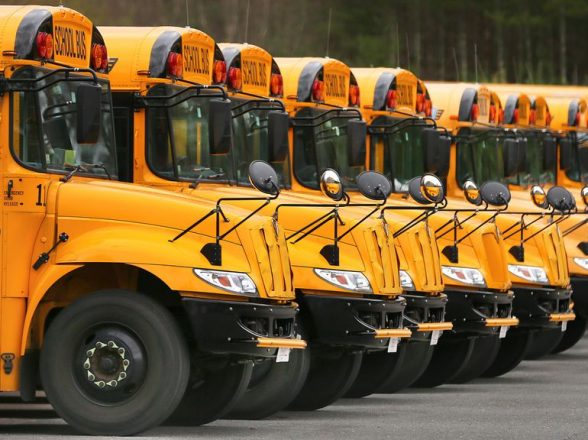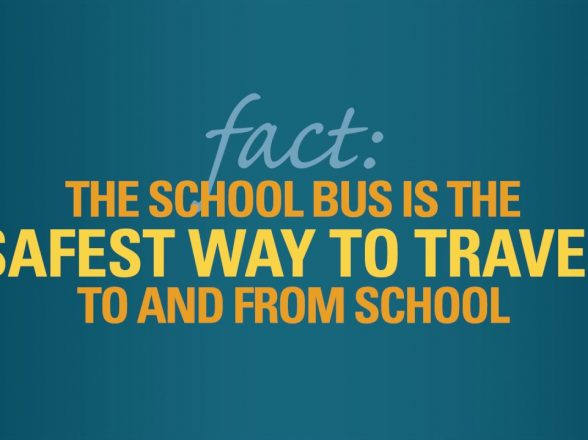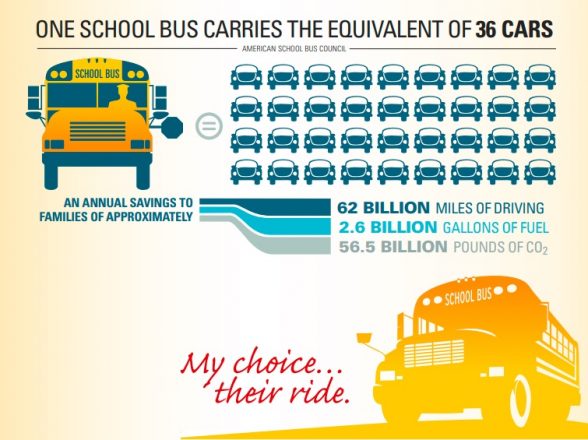ELECTRIC BUSES IN AMERICA

America’s bus network plays a crucial role in the lives of millions of people, providing transport for those who cannot or do not wish to drive, and carrying up to half of all American children to and from school every day. The majority of America’s buses, however, are still powered by polluting fossil fuels, such as diesel, that pose a serious risk to public health and contribute to global warming.

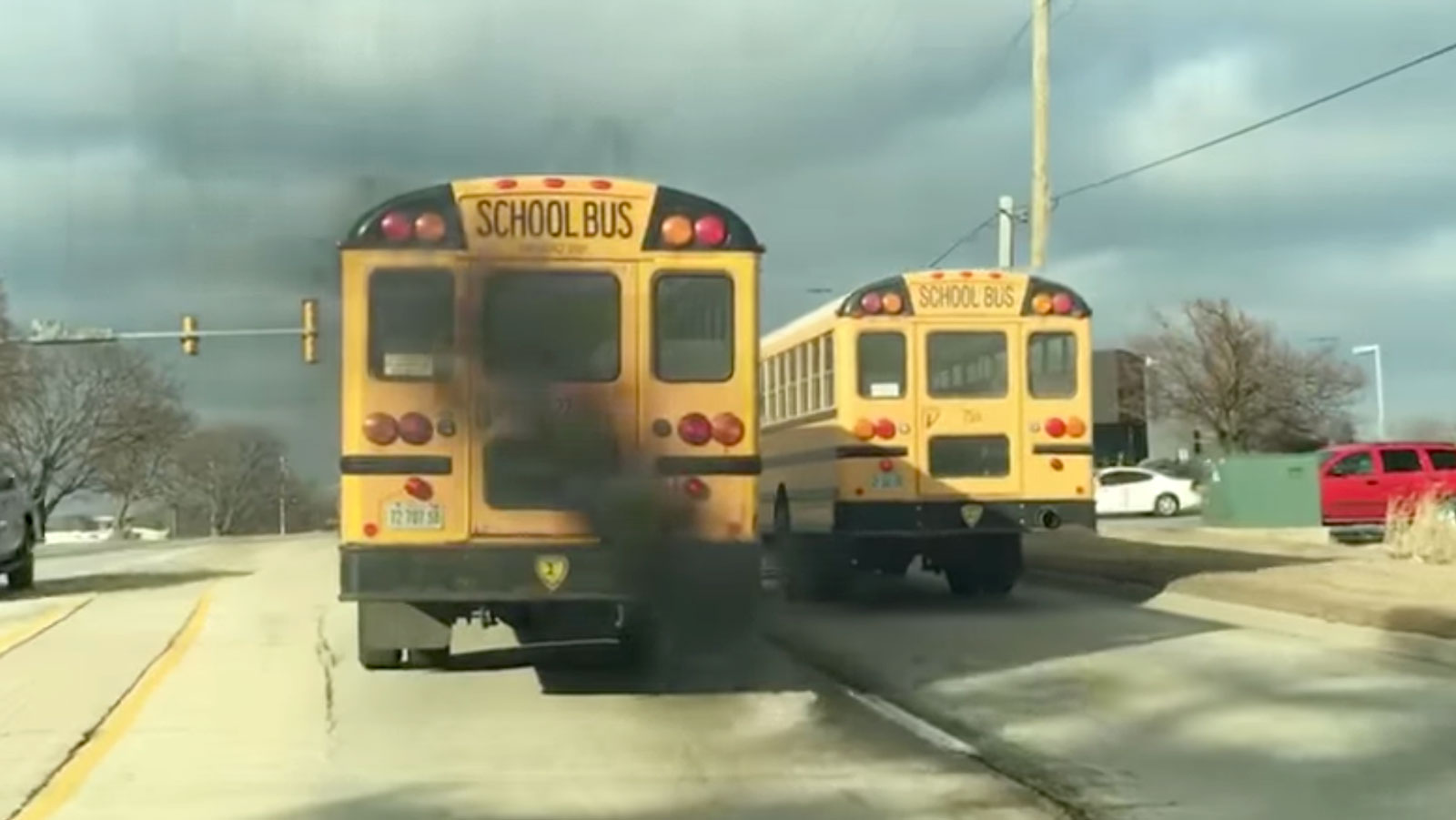
Battery-powered electric buses can reduce the environmental and health threats posed by diesel buses, while also providing a reliable and cost-effective option for cities and school districts. Advances in electric bus technology and a rapid decline in battery costs over recent years have made electric buses an increasingly viable option for many transit agencies and school districts.
However, electric buses are still an emerging technology. Transit agencies and school districts considering electric buses need to know what to expect — and, more importantly, how to get the greatest benefit from their investment.
The experiences of six early adopters of electric buses illustrate the challenges that agencies have faced, as well as the benefits many have received, from their electric bus pilots. To speed up the rollout of electric buses and ensure that cities see the benefits of these vehicles, state and city officials should commit to a transition to electric buses on a specific timeline and create favorable utility rate structures for transit agencies that include reduced off-peak energy rates and limited demand charges.
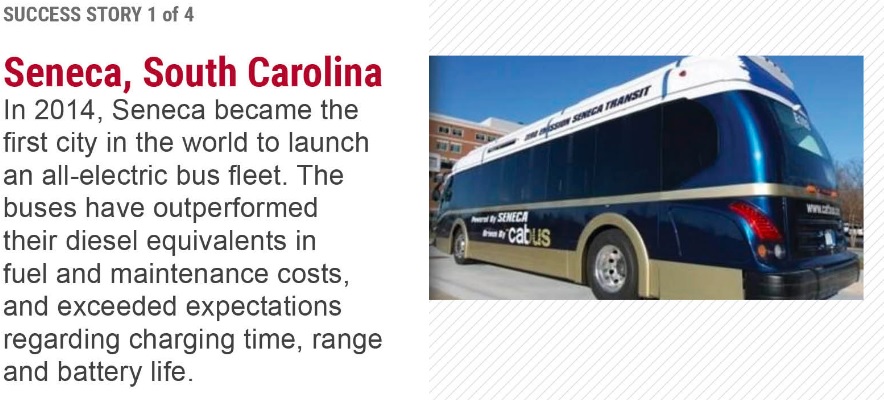
1. By eliminating diesel exhaust emissions, particulate pollution and pollutants that contribute to the formation of ground-level ozone, they improve the air quality in our communities.
2. They produce significantly lower greenhouse gas emissions than diesel, diesel hybrid and natural gas-powered buses. Replacing all of the country’s diesel-powered transit buses with electric buses could eliminate more than 2 million tons of greenhouse gas emissions each year.
3. Electric buses can deliver financial benefits, including substantially reduced maintenance costs and, in places where utility rate policies are favorable, reduced fuel costs.
4. By reducing air pollution, electric buses can also deliver significant societal benefits, including avoided healthcare expenses resulting from cleaner air.

For our health, our safety and our children’s future, we need to transform our transportation systems.
Each year, pollution from cars, trucks and other vehicles cuts short an estimated 58,000 lives, and increases the risk of lung cancer, stroke and heart disease.
Cars are much safer than they used to be. But motor vehicle crashes each year still kill an estimated 40,000 Americans and seriously injure 4.5 million. And, in a conclusion that should shock nobody, one study found the morning commute to be the least favorite part of the day for many Americans.
Transportation is also now America’s number one source of carbon pollution, with greenhouse emissions from cars, trucks, buses and other vehicles surpassing every other source.
That’s why we’re launching Transform Transportation, a nationally coordinated campaign to reduce the need to drive, electrify buses and electrify cars — so the easiest, cheapest and most pleasant ways to travel are also the cleanest and healthiest.
TRANSFORM TRANSPORTATION
Electrify cars: We’re calling for all new cars sold after 2035 to be electric.
TRANSFORM TRANSPORTATION
Drive less, live more: Our goal is to double the number of people who travel on foot, bike or public transit by 2030.
TRANSFORM TRANSPORTATION
Electrify buses : We’re calling for all school and public transit buses to be electric by 2030.
With technology advancing, lifestyles changing, and smart policy ideas bubbling up from cities and states across the country, we can win changes right now in multiple communities and states — to make healthier, safer, cleaner transportation the most convenient, most affordable and most enjoyable option for every trip.
Our network has led efforts to improve public transportation and build safer streets for walking and biking in Arizona, California, Colorado, Georgia, Illinois, Massachusetts, Oregon, Pennsylvania, Texas, Washington and Wisconsin. New York City, Chicago, Seattle and the state of California have already committed to switch from dirty diesel to clean electric buses. We’ve brought these efforts to more places by working together with our partners at Environment America and their network of state environmental groups. Thanks in part to the work we’ve done, 10 states, representing nearly a quarter of all vehicles in the U.S., now require a rising share of new cars to be electric.
Here’s what we need to do next:

If we make it easier, more affordable and more pleasant for more people to take a train or bus, to share rides, or to bike or walk, then more of us will choose to travel without a car or even not own a car at all. Our goal is to double the number of people who travel on foot, bike or public transit by 2030. We’re working in 11 states to:
-
Secure increased funding to improve and expand public transportation, as we did in Massachusetts.
-
Provide more walking and biking options, as we have in Colorado.
- Support policies that encourage transit-oriented development and sustainable living, as we have in Texas and California.
-
Shift away from policies that prioritize the type of transportation projects, like new highway construction, that have contributed to the problems with our current system, as we have in Wisconsin.
A critical part of this work is our campaign to Stop Highway Boondoggles. For decades, policymakers have prioritized spending on new highway projects that increase driving and worsen air pollution and climate emissions. These misguided and expensive projects siphon money away from our more pressing needs: like maintaining and expanding our public transportation systems and making our streets safer for walking and biking. We’re calling on policymakers in state capitols across the country to stop highway boondoggles and to invest in the future of transportation.


Tilikum Crossing bridge in Portland, Oregon — for biking, walking and transit only.
Photos: Trimet; (inset) Steven Good via Shutterstock

Some 450,000 dirty diesel school buses are still in service today, putting tens of millions of children at risk of cancer and respiratory diseases while adding to our carbon emissions. We’re calling for all school and public transit buses to be electric by 2030. To get there, we’re asking local, state and regional officials in 13 states to replace diesel-powered school buses, public transit buses or both with clean electric buses. We are:
-
Educating decision-makers on the technology, feasibility and funding options for making the switch.
-
Calling on states and the federal government to increase technical and financial assistance for bus operators to go electric.


Electric bus in King County, Washington.
Photos: SounderBruce via Flickr, CC BY-SA 2.0; (inset) U.S. Air Force photo by Senior Airman Marissa Tucker

Cars account for 60 percent of our transportation pollution. We’re calling for all new cars sold after 2035 to be electric and we’re urging:
-
Leaders in 10 states to adopt California’s zero-emission vehicle program.
-
Lawmakers in nine states to pass legislation including EV tax rebates, support for charging stations and more.
-
Officials in 12 states to approve the highest standards under the regional Transportation and Climate Initiative.
There’s growing evidence that the public is ready for these changes.
Cities and towns are creating places that are easier to navigate on foot, on a bike or by transit. Transit agencies are finding that electric buses and trains actually save them money over time. More people are buying electric cars. Car companies are investing in them and making more models. We can not only reduce pollution, but also make it easier and more pleasant to get around.

Clockwise from top: Matt Casale, U.S. PIRG Transform Transportation campaign director; Bay Scoggin (left), TexPIRG state director; Peter Skopec (speaking), WISPIRG state director; Emily Rusch (left), CALPIRG executive director; Danny Katz, CoPIRG state director.
Photos: (clockwise from top) Athel Rogers, staff, Stefan Klapko Photo, Ricky Mackie Photography, staff.

Public policies can ease and expedite these changes. For example, U.S. PIRG and our national network of state PIRGs have helped convince cities and states to improve and expand public transportation options, adopt policies to make streets safer for walking and biking, and shift funding away from wasteful highway expansion and towards solving more pressing and modern transportation needs. U.S. PIRG Education Fund, along with our partners at Frontier Group, has reported on ways to achieve zero-carbon transportation, build electric vehicle infrastructure, shift from diesel-powered to electric buses, and promote shared mobility and climate-friendly development.
By working in the states, on campaigns where we can make immediate progress, we can save and improve the quality of our lives, no matter what happens in Washington, D.C.
The skeptics ask whether Americans are really ready for transformed transportation systems in which the car is no longer the undisputed king. It’s going to be an adjustment, to be sure. But moving away from car-dominated systems means cleaner air for ourselves and our kids. Moreover, transforming transportation will give Americans from all walks of life new freedom to travel in ways that are clean, convenient and affordable. Best of all, it will do all this in ways that improve our health, build stronger communities, and create fun, safe spaces to walk and bike. Ultimately, the future of transportation is about rescuing Americans from the nightmare transportation has become. It’s about expanding our choices, while losing fewer lives to traffic jams, car accidents and toxic fumes.
The Clean Bus Act will help communities to transition their aging school bus fleets to zero-emissions electric school buses. Urge your Senators to cosponsor today.


